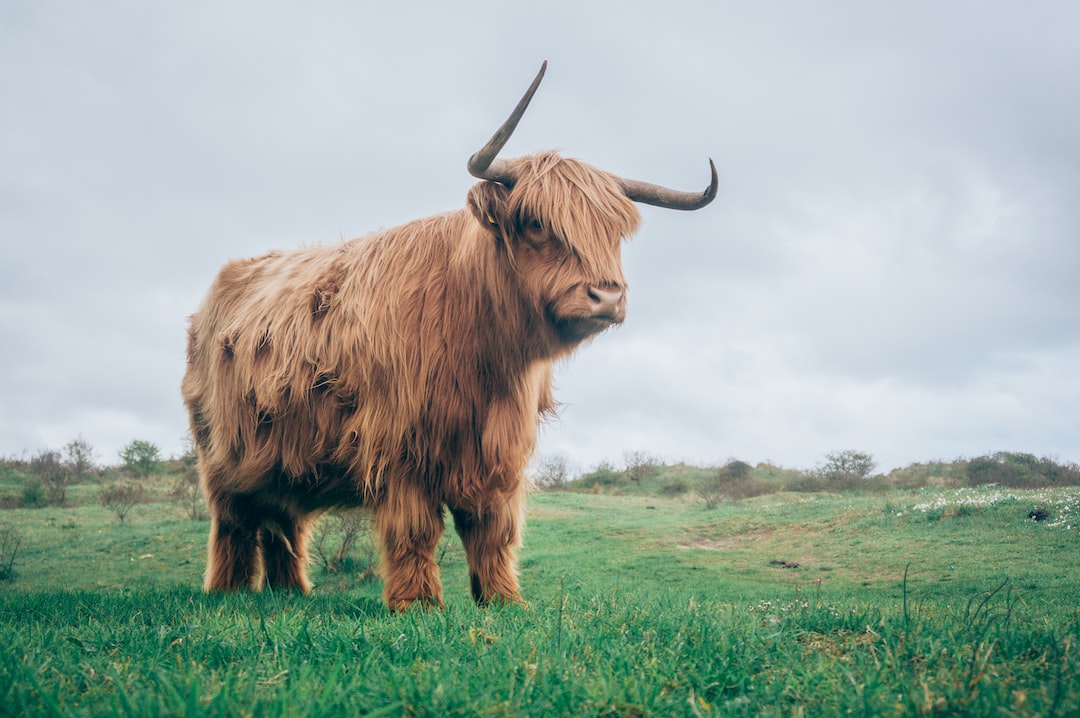Title: The Influence of Climate Change on Animal Behavior and Habitats
Introduction
Climate change, driven by human activities, is one of the most pressing global challenges we face today. Its consequences go far beyond rising temperatures and melting ice caps; it profoundly affects the delicate balance of ecosystems and the behavior and habitats of countless animal species worldwide. In this blog post, we will explore the significant influence of climate change on animal behavior and habitats and the implications for the future.
1. Shifting Behaviors
One of the most noticeable effects of climate change on animal behavior is the alteration in migration patterns. As seasons become more unpredictable and temperatures shift, many species are forced to adjust their traditional migratory routes. For example, some bird species are arriving earlier or later in their breeding regions, which disrupts their synchronization with their food sources, causing imbalances in the food chain.
In addition, changes in temperature and precipitation influence breeding and courtship behaviors. For instance, warmer temperatures sometimes lead to earlier breeding seasons, which can result in a mismatch between the availability of food and the hatching of offspring, jeopardizing survival rates.
2. Habitat Loss and Fragmentation
Climate change also intensifies habitat loss and fragmentation, which further disrupts animal behavior patterns. Rising sea levels, caused by global warming, threaten coastal habitats and nesting grounds for marine turtles and seabirds. Similarly, deforestation and extreme weather events, driven by climate change, destroy habitats on land, pushing species closer to extinction.
Moreover, animals that rely on specific habitats, such as polar bears in the Arctic, are facing an uncertain future due to the melting of sea ice, which limits their ability to hunt for food and reproduce. The reduction in suitable habitat areas forces species to seek alternatives, leading to increased competition for resources and potential conflicts with other species.
3. Disrupted Ecosystem Services
The intricate balance of ecosystems is disrupted by climate change, affecting not only animal behavior but also ecosystem services that are crucial for human well-being. For example, pollinators such as bees and butterflies play a vital role in plant reproduction and food production. However, rising temperatures and altered precipitation patterns can disrupt this symbiotic relationship, leading to reduced pollination rates and a decline in crop yields.
4. Adaptation and Resilience
While climate change presents significant challenges for animal behavior and habitats, some species demonstrate remarkable adaptability and resilience. Natural selection favors individuals with traits that are advantageous in changing environments, enabling them to survive and reproduce. For instance, some bird species have been observed altering their nest-building behaviors or shifting their breeding ranges to cope with changing climate conditions.
However, the rate at which climate change is occurring now far exceeds the pace at which species can adapt. As a result, many species struggle to keep up with the rapidly changing environmental conditions, increasing the risk of extinction.
Conclusion
Climate change is a complex and multi-faceted global issue that affects all aspects of our planet, including animal behavior and habitats. The alterations in migration patterns, habitat loss, disrupted ecosystem services, and the difficulties faced by species in adapting to the changing environment are just a few examples of the profound impact climate change has on our natural world.
Recognizing the critical role we play in mitigating climate change is crucial if we are to preserve the rich diversity of animal species and maintain the delicate balance of ecosystems. As individuals and as a global community, it is essential that we take proactive steps to reduce greenhouse gas emissions, protect natural habitats, and promote sustainable practices. By doing so, we can strive to secure a better future for all species, allowing them to thrive in a world that is no longer threatened by the detrimental consequences of climate change.


